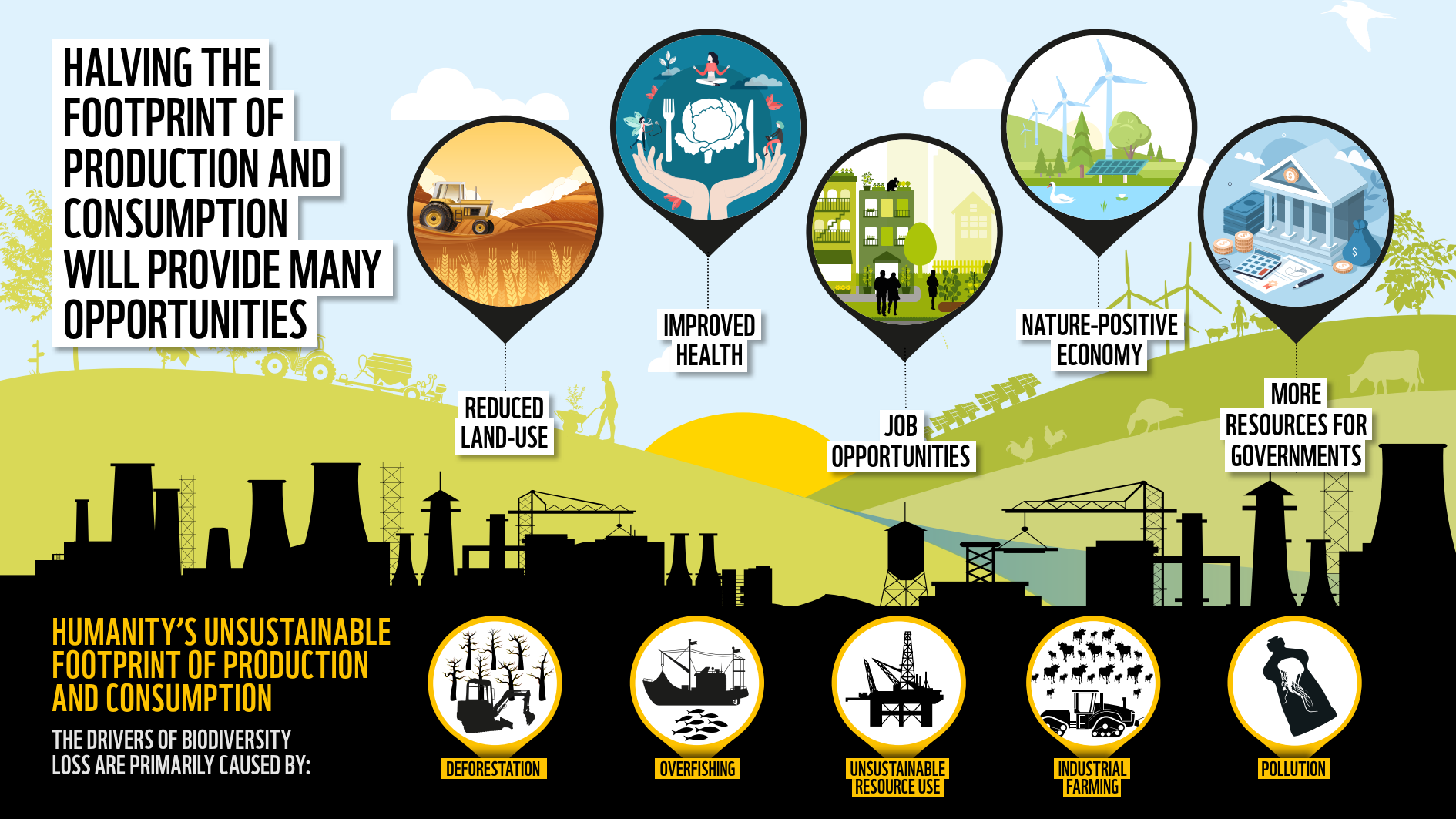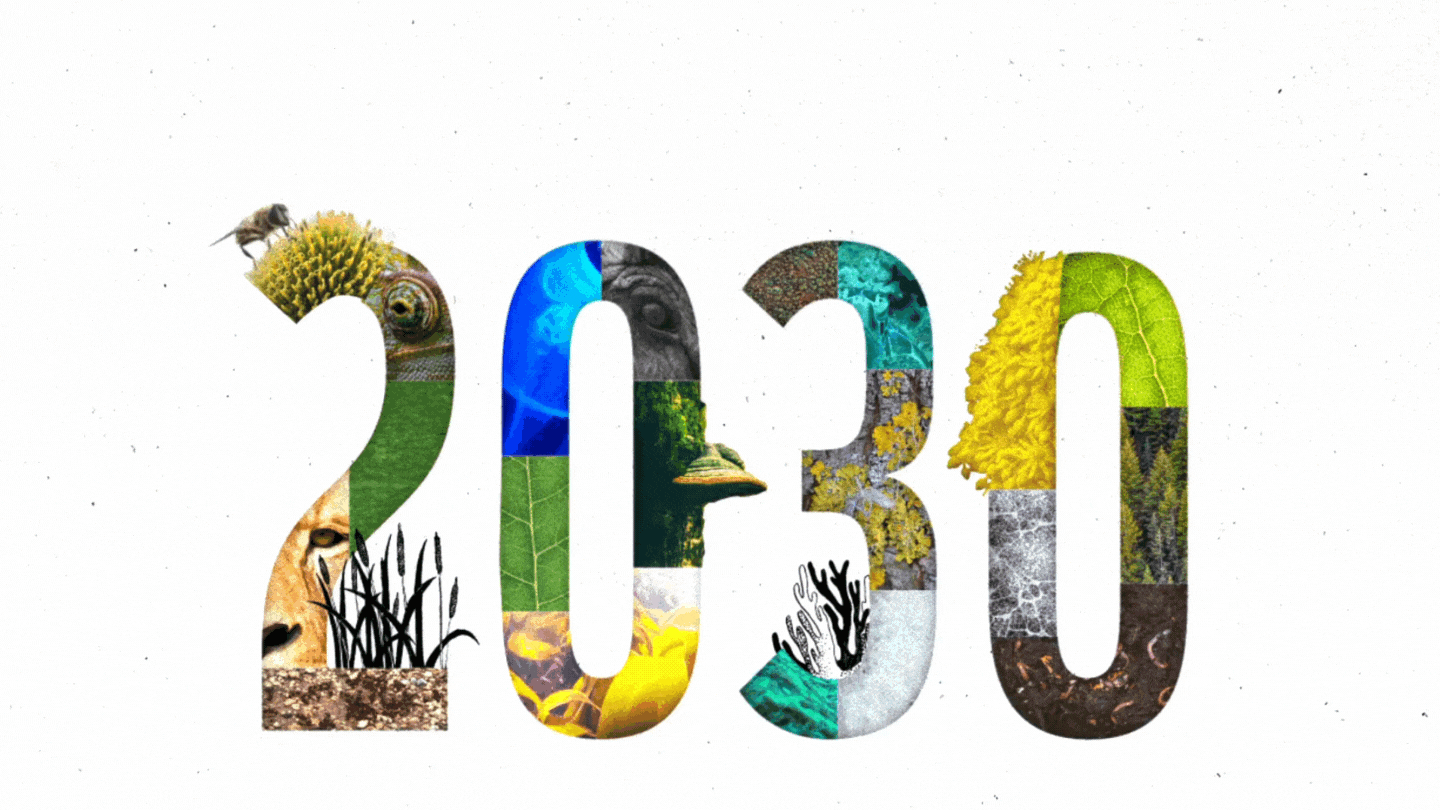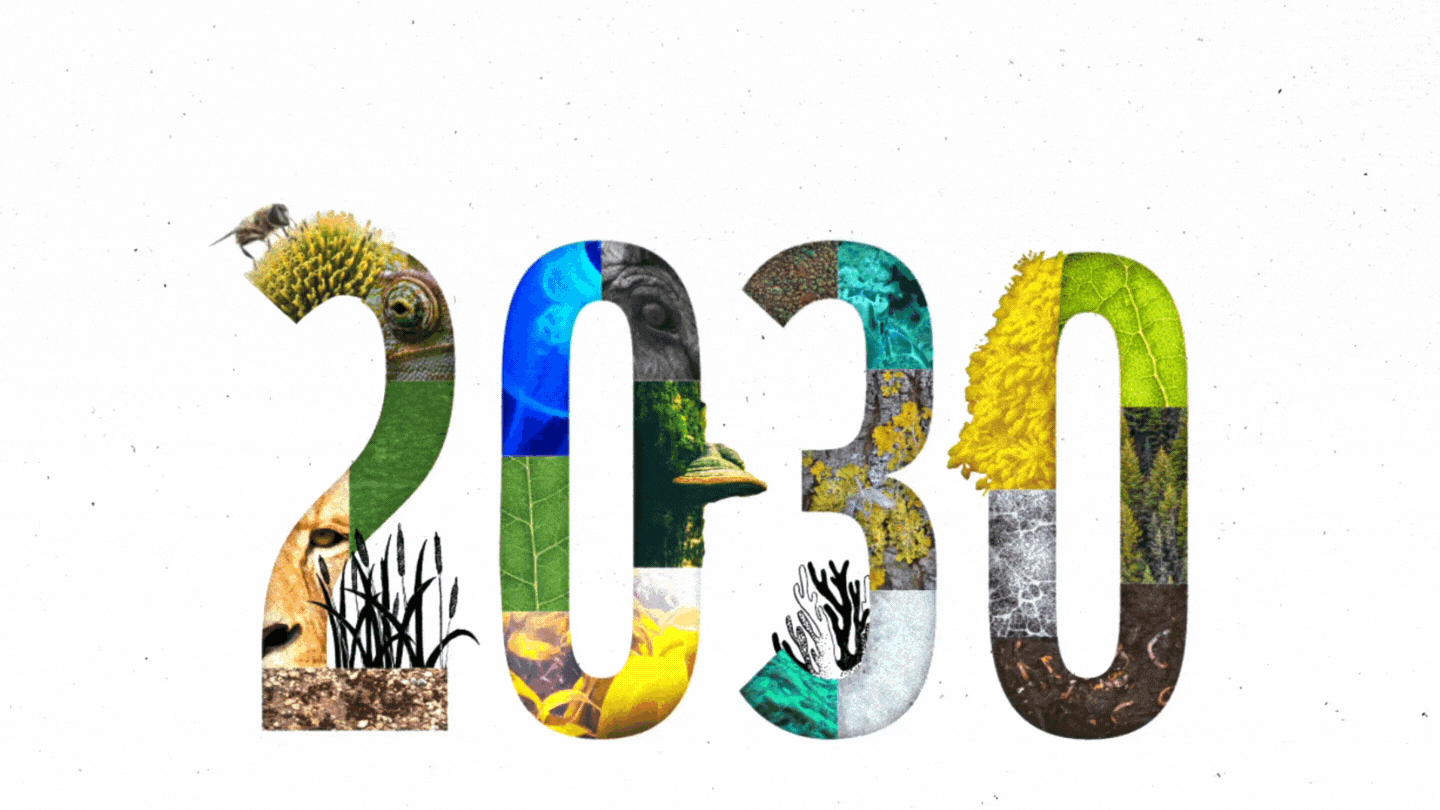What is humanity’s footprint?
Humanity is leaving a large imprint on the world we all live in. This is what we call our footprint on nature.
In the last decades we have been using more and more of the things we find naturally around us - land, water, wood, animals and other biodiversity. Humanity is ingenious, we’ve found all manner of new ways to make materials we use in our lives and for our homes. But this way of living is not sustainable. Humanity’s demand for natural resources is outpacing Earth’s supply.
If we continue to consume and produce in the same way, we will continue destroying the nature that supports our society and economy, further destabilizing our climate and undermining our health and food security.
Why is this footprint so important?
This August, WWF released a new report looking at the unsustainable footprint of production and consumption - all those things we are doing that harm our environment - and highlighting the opportunities that would come from changing this activity to nature-positive practices.
Deforestation, overfishing, unsustainable farming and diest, unsustainable resource use and pollution are what we call the main ‘drivers’ of biodiversity loss. These are the main causes of harm to nature.
But if we made the economic sectors behind those drivers sustainable, there would be many benefits, for people and the planet.

Why now?
We are at the start of a crucial decade of action for nature, and decisions made this year and next year will impact future generations. That’s why we need to make sure these changes are included in important global agreements that will lay the foundations for an equitable, nature-positive future with net-zero emissions.
WWF’s five priorities in the next global plan for biodiversity
The next stage in global discussions about the plan for nature take place this August. The next Global Biodiversity Framework will be agreed in the coming year, and these negotiations must ensure it includes the essentials to set us on a path to a nature-positive future.
But there is some way to go.
The Global Biodiversity Framework must first include this mission: Reversing biodiversity loss to be nature positive by 2030.
And we cannot realize a nature-positive world without addressing the causes of biodiversity loss, so that’s looking at our footprint on the world, most notably our unsustainable food systems.
WWF is calling for changes in five areas. To find out more about the plan and the negotiations read this blog.
What can I do?
Over the next year world leaders and countries will be negotiating a new plan for nature. You can show them you back a nature-positive world by sharing the reasons you support a #NaturePositive world or retweeting one of WWF’s tweets!
The Leaders’ Pledge for Nature, endorsed by 88 countries plus the EU, shows many do care, but now is the time for action. We must hold our leaders to account because they hold our future in their hands.



